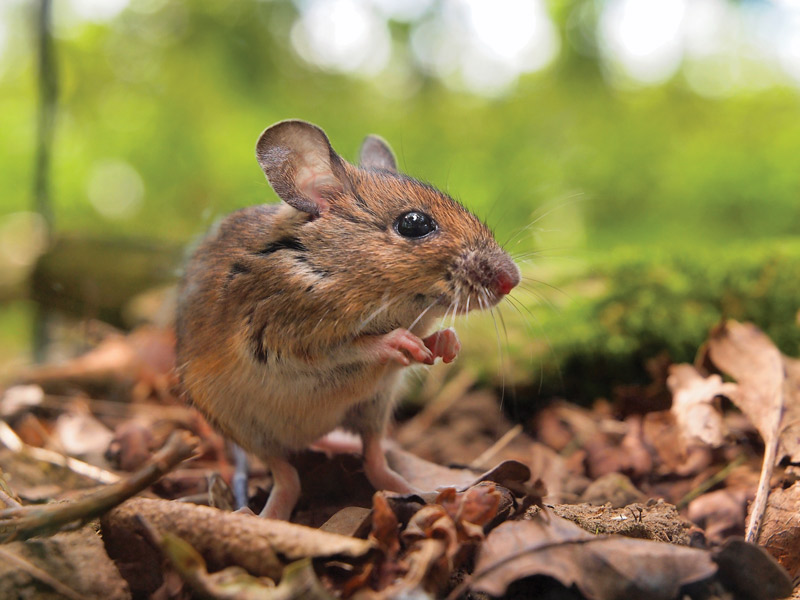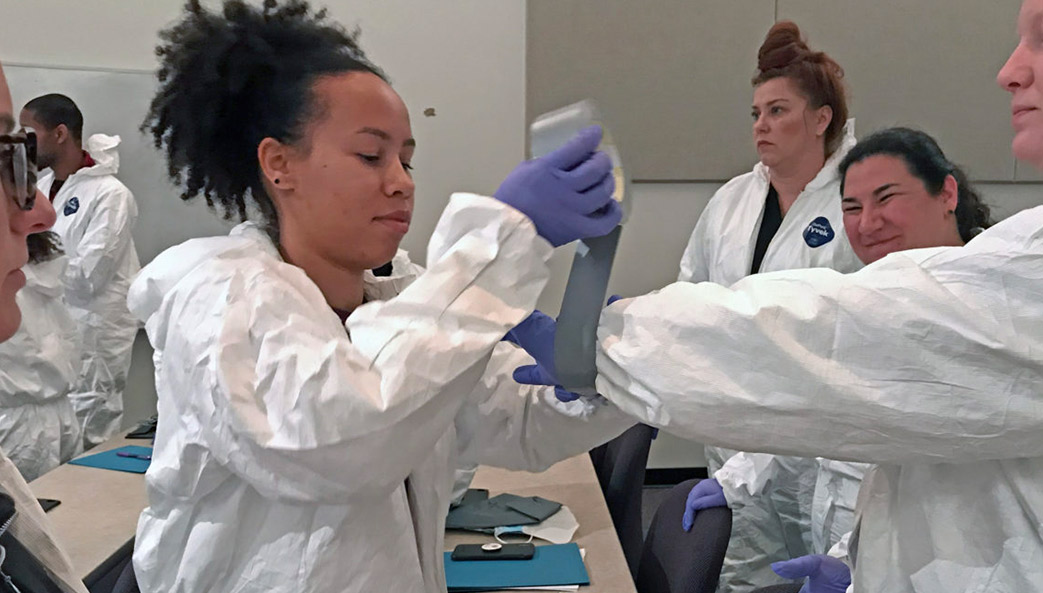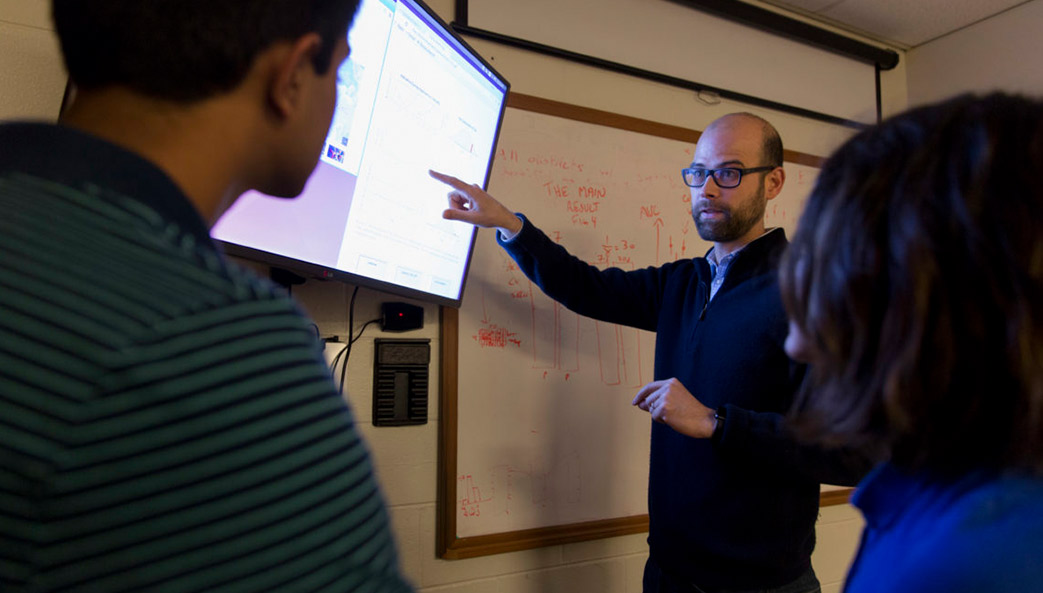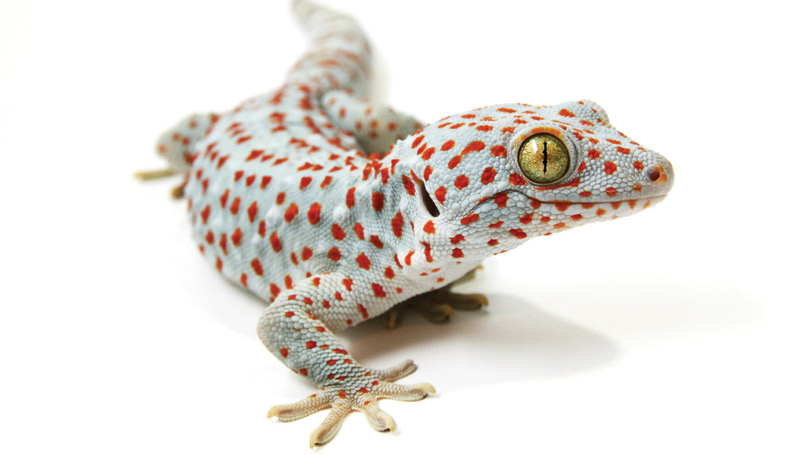Pathogens that jump from animals to humans account for most outbreaks of new infectious diseases. With the frequency of such events increasing worldwide, being able to predict where the next new disease will emerge is ever more important.
Toward that end, a team of UGA researchers has developed a way to identify which rodent species are likeliest to be sources of new disease outbreaks in humans, and where this is most likely to occur.
Using a form of artificial intelligence that allows researchers to sift through enormous amounts of data, the researchers analyzed information about the biological and ecological traits of more than 2,000 rodent species and the pathogens they’re known to carry.
This allowed them to identify the traits associated with the roughly 200 rodent species known to harbor pathogens that can infect people. They found that such species tend to start reproducing earlier and have more and larger litters than species that aren’t disease carriers. Then, by cross-referencing trait information with species range maps from the International Union for the Conservation of Nature, the researchers pinpointed potential new hot spots of infectious disease in the Midwestern United States, the Middle East and Central Asia.
These findings could help public health officials take a more preemptive approach to disease surveillance, control and prevention. “With limited resources, we can’t possibly monitor all the animal species that might originate the next emerging infectious disease,” said John Drake, associate professor in the Odum School of Ecology. “This study can be used to prioritize the species targeted and the regions monitored in biosurveillance.”






